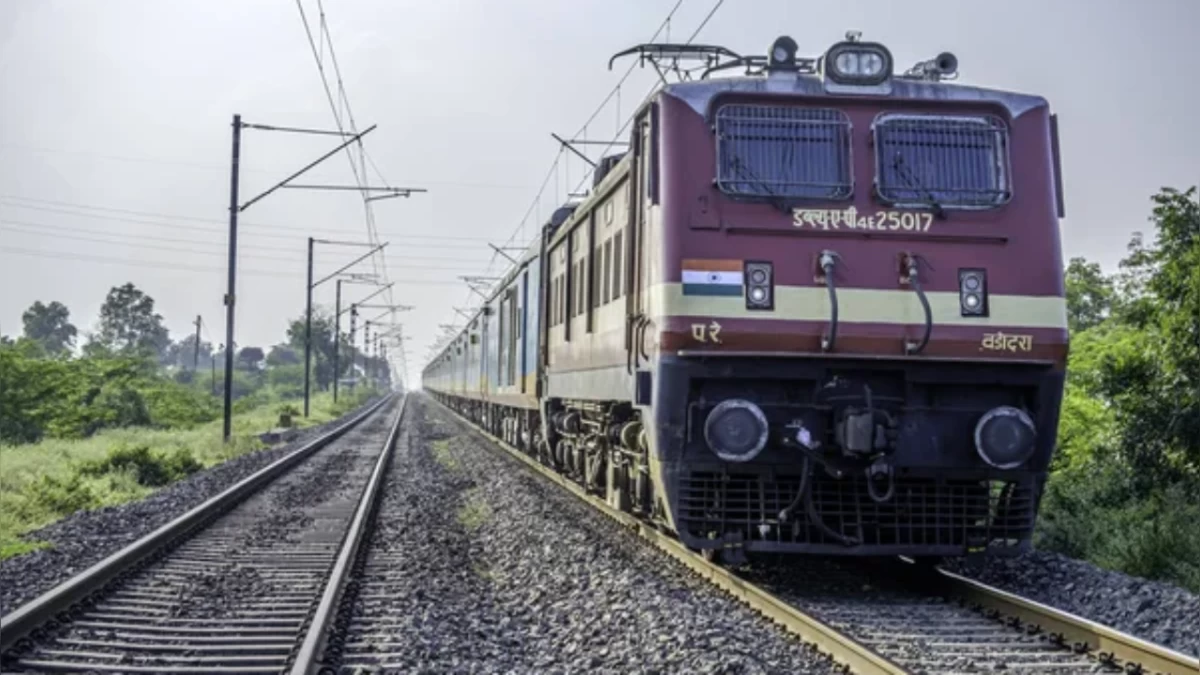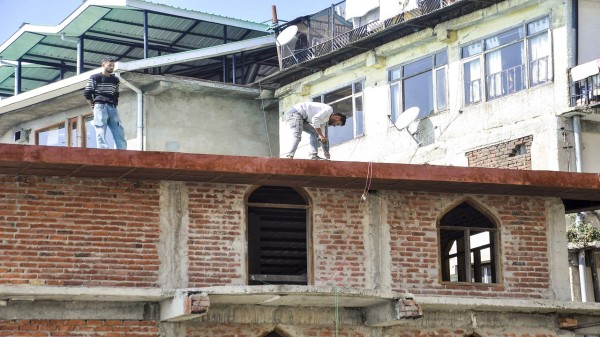

By signing in or creating an account, you agree with Associated Broadcasting Company's Terms & Conditions and Privacy Policy.


By signing in or creating an account, you agree with Associated Broadcasting Company's Terms & Conditions and Privacy Policy.

Kolkata: The British Raj in India was one of the most devastating phases in our country's history in many aspects. The 'Drain of Wealth,' which denotes the huge amount of money that the British Empire took from India to the United Kingdom to advance their interests, reduced us to one of the poorest countries in the world. It was a fall from the once glorious chapters when India was economically one of the powerhouses in the world.
However, the British Raj does have some lasting legacies in India, with some positive things coming out of the torturous colonial rule. One of them is the railways, which changed India's socio-economic fabric, unveiling a new horizon in terms of the transportation system in the country, which was in a dilapidated state. The introduction of trains led to different parts of the country being connected, and the common people got an affordable transportation mode to cover long distances. It boosted the country's economy and became a popular public transport option.
Currently, India has several trains with up-to-date modern amenities for passengers. Trains like the Vande Bharat Express and the Rajdhani Express offer common people all the latest comforts while also not burning a hole in their pockets. Earlier, one of the drawbacks of the Indian trains was the toilets. But over the years, the condition of the toilets has massively improved, with the erstwhile popular image of a mug tied with a chain inside the train washrooms slowly fading away. In India, the first passenger train operated on April 16, 1853, from Mumbai to Thane. Today, it seems impossible to think that there was a time when trains in India had no toilets. There was no toilet in the Indian trains from 1853 to 1909, and it was a letter from a frustrated passenger that changed the situation.
Since the early trains in India had no toilets, passengers used to relieve themselves by squatting on the side of the railway tracks. It was extremely inconvenient as many missed their trains after getting off to relieve themselves. However, the scenario changed after an angry passenger wrote a letter to a railway official.
In July 1909, a person named Akhil Chandra Sen was travelling by train. Suddenly, he was bugged by a gastrointestinal ailment. An upset stomach forced Sen to get off at West Bengal's Ahmedpur station, and he went to the tracks to do the necessary work. However, the guard had blown the whistle in the meantime, and the train started to depart. Out of sheer panic, Sen started running after the train. Unfortunately, he fell down after losing his balance and missed the train.
Out of extreme frustration, Sen wrote a letter to the Sahibganj divisional railway office, in which he complained and criticised the lack of toilets in trains. The letter forced the railway officials to start installing toilets in trains covering more than 50 miles of distance. Today, one can see the famous letter in Delhi's Railway Museum. However, it was years later, in 2016, that the loco pilots got toilet facilities in the locos. That one angry letter changed the infrastructure of basic amenities on trains forever.












